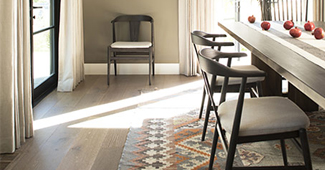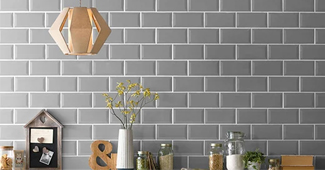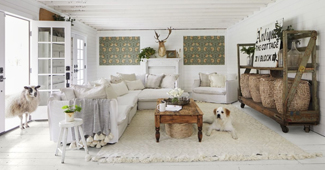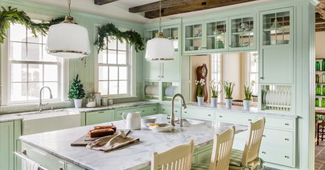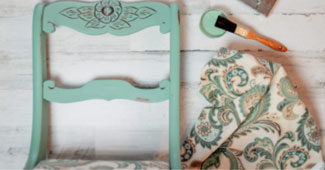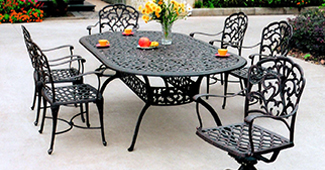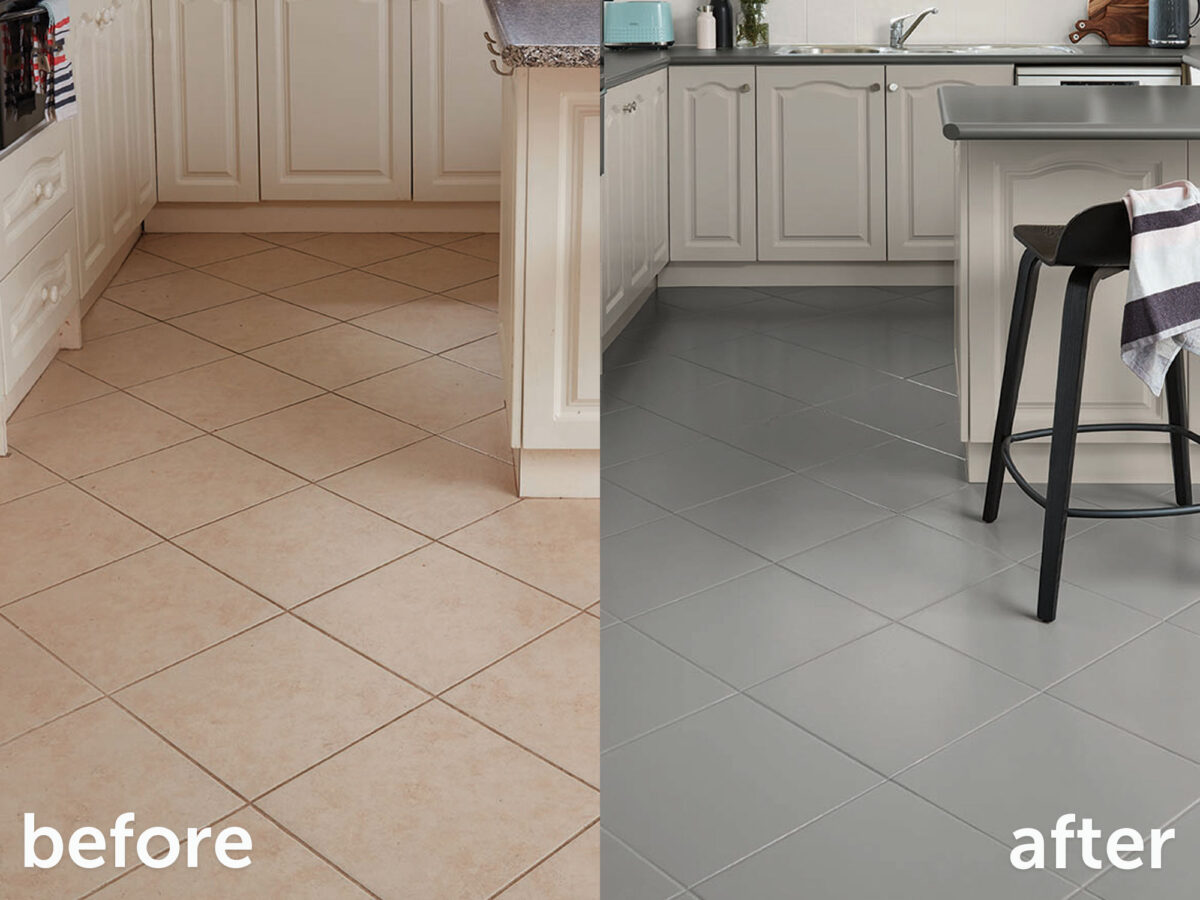Can You Paint Floor Tiles
If you’re wondering if you can paint floor tiles, read on. Yes, it is the answer. Painting your floor tiles might be a wonderful alternative if you want to update the look of your bathroom or kitchen tiles but don’t have the time or money for a complete re-tiling.
Most tiles can be painted over, with the exception of glazed quarry tiles. Allowed materials include ceramic, porcelain, and natural stone, however, they must first be primed, sanded, and painted with epoxy paint. Painting bathroom backsplashes and walls is a superior option.
But what about the shower? Although shower surfaces can be painted, doing so is neither feasible nor economical. Bathroom tiles are particularly prone to early fading, peeling, or blistering due to continual contact to water and moisture.
The Best Tile Paint
Not all paints are appropriate for use on tiles. Ordinary wall paint will not adhere to the surface and water-based paints will dissolve. Due to its exceptional resistance to abrasion and cleaning agents, epoxy paint is a wise choice. Enamel, alkyd urethane, and silicone-based paint are frequently utilized. Additionally, there are particular water-resistant tile coatings that are made to survive the high heat and wetness of bathrooms and kitchens.
Pros of Tile Painting
It is economical. Painting tiles instead of replacing them is more cost-effective. Old tiles can be affordably updated in terms of both appearance and feel by painting. Compared to expensive replacement choices, painting supplies are inexpensive.
Homeowners can finish the renovation on their own. A simple DIY project like painting tiles can completely change the colour and layout of a space. Your tiles can be altered to meet your demands and aesthetic preferences. Additionally, painted tiles require less care. The solution is routine cleaning with a mild detergent.
Cons of Tile Painting
Be prepared for a lot of labour. It takes a lot of preparation work to paint tile, including priming the surface and replacing any broken tiles.
It is not enduring. Tile painting is not a long-term fix. Instead, it increases the longevity of your current tiles. Eventually, paint will peel or split. Increased foot traffic or moisture exposure will expedite deterioration. Your painted tiles will last longer if you use mats and rugs, especially in high activity areas.
Paint also requires time to dry. For a period, you won’t be able to use your kitchen or bathroom. Decide on a time when few people will need to use such locations and schedule this accordingly.
Advice on Painting Tile
The tools you’ll need, such as paint, primer, rollers and brushes, sealer, and any stencils for a patterned finish, should all be gathered. Before painting, properly clean and dry the tiles. Don’t neglect this step since dirt, dust, grease, mould stains, or food residue can interfere with paint’s ability to adhere properly.
After that, fix any broken tiles. Use a two-way epoxy filler that may also be painted to repair cracked tiles. In particular for high-gloss tiles, sanding the tiles will give the paint something to adhere to. Prior to painting the tiles, lastly prime them. Before returning to regular usage, make sure to give them enough time to dry and apply any sealants.

